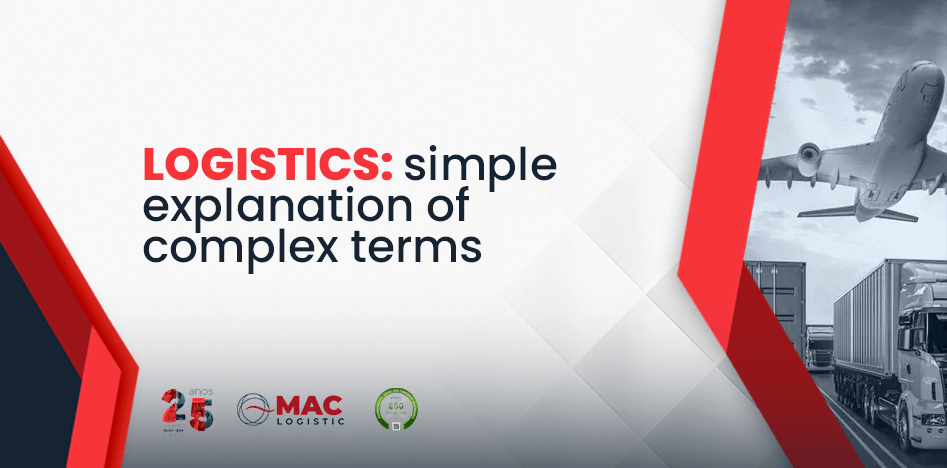
In this post, we will explore some of the key terms used within the logistics industry and in supply chain management. If you’ve ever wondered what “lead time” means, how the concept of “FIFO” works, or what “just-in-time” is, keep reading.
It’s time to enhance your vocabulary.
- Block Stacking: This is a technique where products are stacked vertically, in blocks, to optimize warehouse space, maximizing storage capacity.
- CIF: Stands for Cost, Insurance, and Freight. It means that the seller covers the cost, insurance, and freight to the destination, while the buyer assumes the risks and expenses from that point onward.
- FCA: Stands for Fact, Cause, and Action; a method often used in problem analysis and resolution, helping to identify the problem, understand where it began, and define actions to resolve or mitigate the situation.
- FIFO: First In, First Out is an inventory management method where the first items to be stored are the first to be used or sold, ensuring that older products are used before newer ones.
- GRIS: A document used to pay taxes and fees associated with export and import operations in Brazil.
- Incoterms: International terms that specify responsibilities and costs between buyers and sellers in commercial transactions.
- JIT: Just In Time is an inventory management strategy aimed at minimizing inventory by delivering materials and products only when they are needed for production or sale.
- Lead Time: The total time required to complete a process, from the beginning until the final delivery of the product or service.
- Order Fulfillment: The process of completing and delivering an order to the customer, including picking, packing, and shipping.
- Picking: The process of selecting and gathering specific items from inventory to fulfill an order, typically carried out in warehouses and distribution centers.
- TMS: Transportation Management System, software that helps plan, execute, and optimize transportation operations, managing the flow of goods from the point of origin to the final destination.
- WMS: Warehouse Management System, software that controls and optimizes warehouse operations, including receiving, storing, inventory management, and shipping.
If you want to learn more or have an interest in logistics and foreign trade, follow our blog and social media, where we share news and relevant information about this sector.

